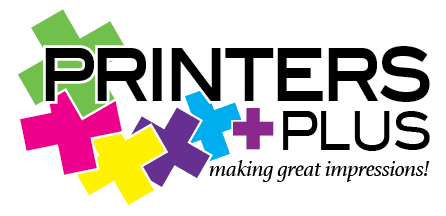The short answer is because PDF files produce the desired result more consistently than other file formats where portability is an issue.
A PDF format represents a document independently of the hardware, operating system and application software used to create the original PDF file. It was designed to create transferable documents that can be shared across multiple computer platforms.
1) PDFs are Universal. Editing documents in Word can be easy and useful, but if you save a Word document on one computer, it may not visually transfer properly to a second computer; whereas PDFs are viewable on any device.
2) Trusted Security. Even legal professionals trust PDFs as their preferred file format. According to Legalscans.com, for an electronic document to be admissible in a court of law, it must be created in a file format that cannot be altered without leaving an electronic footprint. PDFs satisfy that need.
3) Quick and Easy to Create. Whether working with Word, Excel or PowerPoint, documents are easily converted into PDF, and with Adobe Acrobat XI you can easily convert them back if need be.
4) Decreases File Size. Professionals can convert any file into a PDF without sacrificing quality. You can even merge multiple documents, such as spreadsheets, photos, and presentations, into a single PDF file.
5) Reading is Free. Most PDF Readers, including Adobe Reader, are free to the public. This ensures that anyone you send the file to will be able to see the full version of your document.
6) Interactive Documents. To create a fully interactive experience, the latest version of Adobe Acrobat allows you to add hyperlinks, rich media, music, movies, and many other advanced features to your PDF.
7) Mobile Access. Adobe Reader is available on any device, so people can read your PDF files anywhere they want, while still accessing a lot of the same functionality they would get on a desktop.
8) Completely Searchable. Users can easily find what they are looking for through a quick search. PDF documents can even be organized with a table of contents that link all sections to the appropriate pages in the file.
9) Password Protection. Many industries deal in sensitive material or intellectual copyrights that need an even higher level of security. The password protection option allows both recipients and those receiving the file to know that their information is secure.
10) Document Analytics. Recipients can also view who has access to the information. If the password is breached, the appropriate actions can easily be taken.
Edited copy based on Wikipedia content
